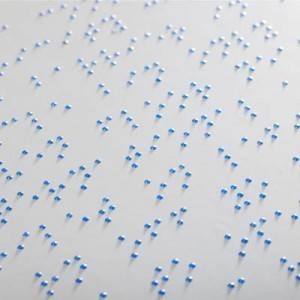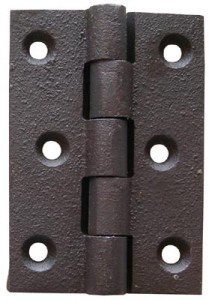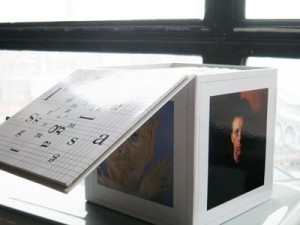Dimensions of a Standard Braille Sheet
Louis Braille is the person who developed the Braille alphabet in the nineteenth century.  The Braille alphabet is composed of raised dot patterns that represents letters, customary punctuation marks, and some other characters that are used by blind people to read. All languages that use the Roman alphabet also use the Braille alphabet. And a standard Braille sheet has its own layout and dimensions.
The Braille alphabet is composed of raised dot patterns that represents letters, customary punctuation marks, and some other characters that are used by blind people to read. All languages that use the Roman alphabet also use the Braille alphabet. And a standard Braille sheet has its own layout and dimensions.
Standard Braille Sheet Dimensions
A standard Braille character is based on a pattern of six-dot cell arranged in two columns with three dots on each column. Having the six-dot cell patterned in this way, there are 63 possible unique dot combinations and if the empty cell were included, there would be 64 cells in all. The dimension of a standard Braille sheet is 11 inches in height and 11 inches in width. A Braille sheet usually contains 25 lines horizontally with 40 to 42 Braille cells in each line.
The height of the dot in a standard Braille sheet is about 0.5 millimeters or 0.02 inches. The vertical and horizontal space in between the dots in a cell is about 2.5 millimeters or 0.1 inches. The distance between the dots on two adjacent cells is about 5.0 millimeters or 0.2 inches vertically and 3.75 millimeters or 0.15 inches horizontally. These dimensions apply to any standard Braille sheet worldwide for blind people to use in reading.
These days of advance technology, blind people can already have access to computers. And this is possible through the on-line refreshable Braille displays that are specifically suited for computers. The dimensions for height and dot spacing are usually larger in comparison to the standard Braille sheet on paper. Computer devices like these are a little bit expensive because the mechanical systems used for making the pins to raise are fragile and expensive. Braille displays will also need constant repair or service for its optimum performance. The popular models of Braille displays today can show a single line consisting of 40 Braille cells and you may have to spend thousands of dollars to purchase the device.
Aside from the six-dot Braille cell, there is also the eight-dot Braille cell being used today but for special purposes only. It is mainly used in computers with Braille display devices. Braille printers nowadays also have the capacity to print the eight-dot Braille cells. The dimension of an eight-dot Braille cell is composed of two columns with four dots in each column. With this dot pattern, one can achieved 256 unique dot cell patterns including the blank cell representing the blank space.
Braille displays for computers commonly shows capital letters having a dot on the lower left also known as dot seven. Other than that, the use of the lower two dots on the cell has little consistency. The eight-dot Braille cells are largely used in Europe both officially and semi-officially.





